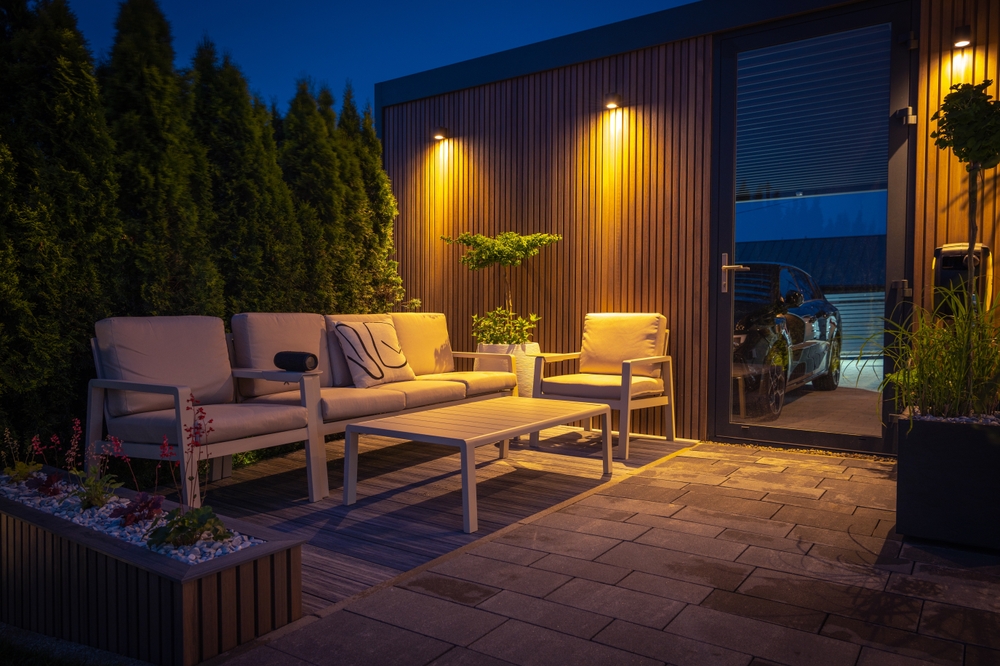The Value of Outdoor Areas in Homes
In recent years, the significance of outdoor areas in residential properties has gained remarkable attention. As lifestyles evolve and the importance of health and well-being becomes more prominent, homeowners increasingly recognize the multifaceted value of outdoor spaces. Whether it is a small balcony, a sprawling garden, a cozy patio, or a backyard deck, these areas offer more than just aesthetic appeal—they enhance the quality of life, increase property value, and foster stronger social connections.

Enhancing Quality of Life and Well-Being
One of the most compelling reasons to prioritize outdoor areas in homes is the profound impact they have on mental and physical health. In 2025, with the ongoing emphasis on holistic wellness, outdoor spaces serve as vital retreats from the stresses of daily life.
Spending time outdoors has been scientifically proven to reduce stress levels, improve mood, and boost creativity. Exposure to natural light helps regulate circadian rhythms, improving sleep quality. Furthermore, outdoor areas encourage physical activity, whether it is gardening, yoga, or simply walking barefoot on grass, all of which contribute to better cardiovascular health and increased vitality.
The availability of a private outdoor space also offers a safe and convenient environment for children to play and explore nature, fostering their physical development and curiosity. For adults, it creates a sanctuary to engage in hobbies, meditate, or unwind with a book, facilitating a deeper connection with nature and oneself.
Increasing Property Value and Market Appeal
From a financial perspective, outdoor areas significantly enhance the value of a home. As of 2025, real estate markets continue to show strong demand for properties with usable and attractive outdoor spaces. Buyers are often willing to pay a premium for homes that include well-designed gardens, patios, or decks.
A thoughtfully landscaped yard can boost curb appeal, making a strong first impression that differentiates a property in competitive markets. Features such as outdoor kitchens, fire pits, or built-in seating areas transform an ordinary yard into an extension of the living space, appealing to prospective buyers looking for versatility and lifestyle options.
Moreover, outdoor spaces can increase the square footage of functional living areas without the expense and hassle of indoor renovations. This added space can be used for entertaining guests, hosting family gatherings, or simply enjoying privacy outdoors, providing a flexible environment suited to diverse needs.
Fostering Social Connections and Community
Outdoor areas also play a crucial role in fostering social connections, both within the household and the wider community. In 2025, as people seek more meaningful interactions, outdoor spaces become the perfect venues for gathering and celebration.
Backyards and patios serve as natural hubs for socializing, offering a comfortable and relaxed atmosphere that indoor environments may lack. Whether it is a weekend barbecue, a casual evening around a fire pit, or a garden party, these occasions strengthen family bonds and friendships.
Beyond private use, outdoor areas can facilitate connections with neighbors and the community. Front porches, shared gardens, and patios overlooking communal spaces encourage spontaneous conversations and neighborhood camaraderie. Such interactions contribute to a sense of belonging and security, enhancing the overall quality of life in residential areas.
Designing Outdoor Spaces for Maximum Benefit
To fully realize the value of outdoor areas, thoughtful design and maintenance are essential. Homeowners should consider their lifestyle, climate, and available space when planning outdoor environments.
Incorporating elements such as shade structures, comfortable seating, lighting, and weather-resistant materials can extend the usability of outdoor areas throughout the year. Native plants and sustainable landscaping not only reduce maintenance efforts but also support local ecosystems, creating a harmonious balance between the home and its environment.
Technology can also enhance outdoor living, with features like smart irrigation systems, outdoor speakers, and heating solutions making these spaces more convenient and enjoyable.
Conclusion
The value of outdoor areas in homes transcends aesthetics and property price. In 2025, as people prioritize health, well-being, and meaningful connections, outdoor spaces have become indispensable extensions of the home. By enhancing quality of life, increasing market appeal, and fostering social bonds, these areas prove to be vital investments for homeowners. Thoughtful design and ongoing care further unlock their full potential, ensuring that outdoor living remains a cherished aspect of modern home life.
Disclaimer: All content, including text, graphics, images and information, contained on or available through this web site is for general information purposes only. The information and materials contained in these pages and the terms, conditions and descriptions that appear, are subject to change without notice.




